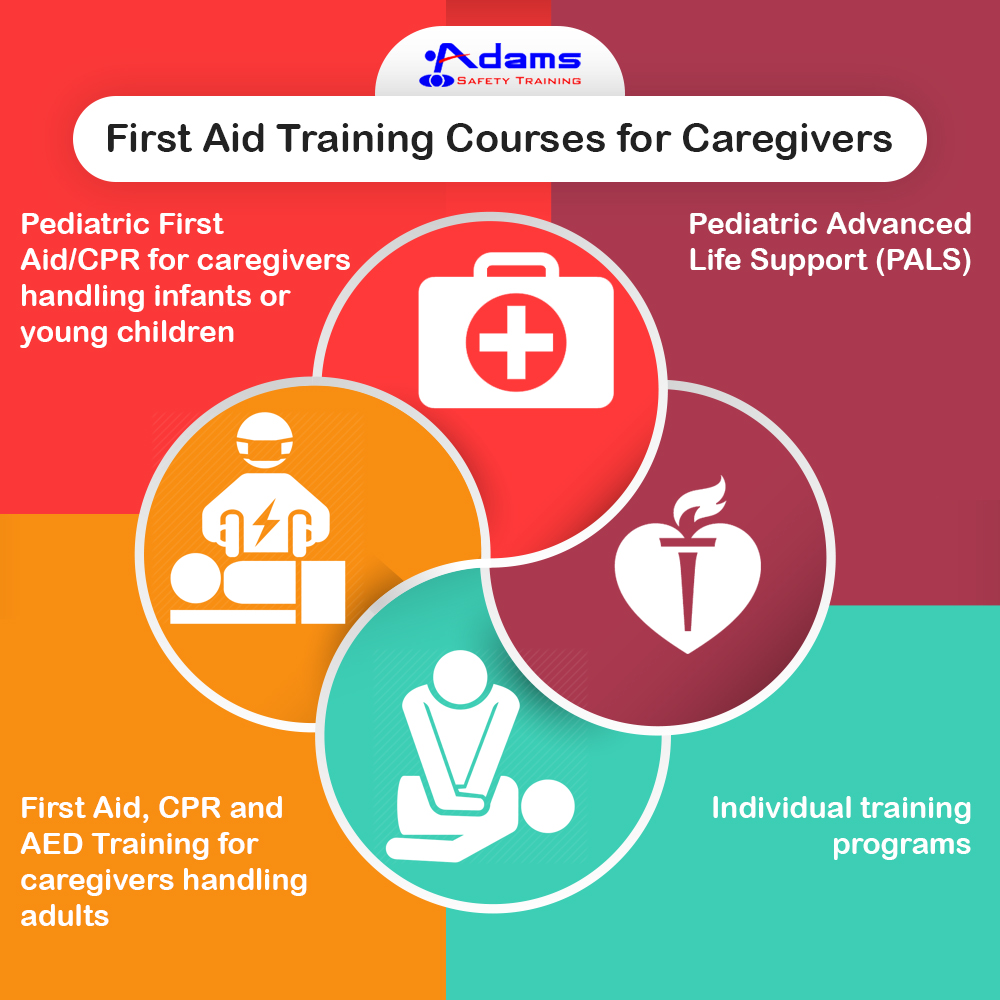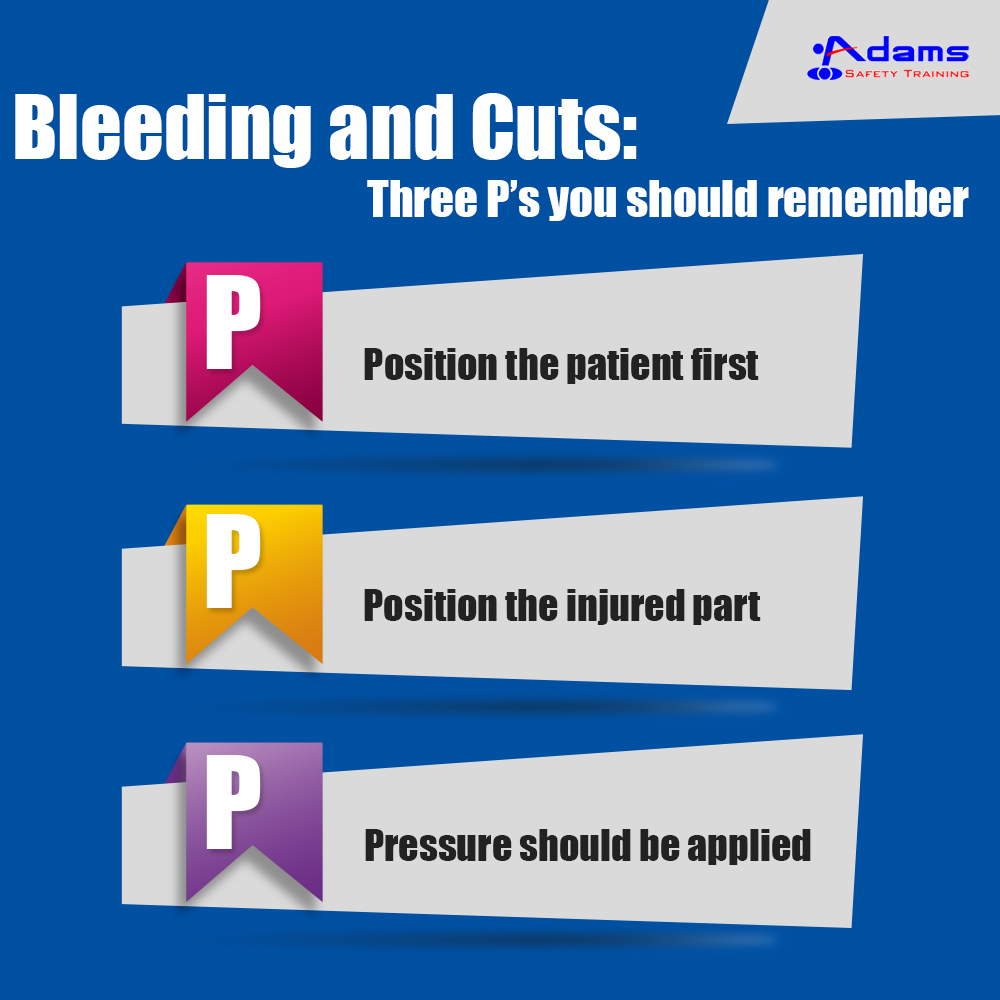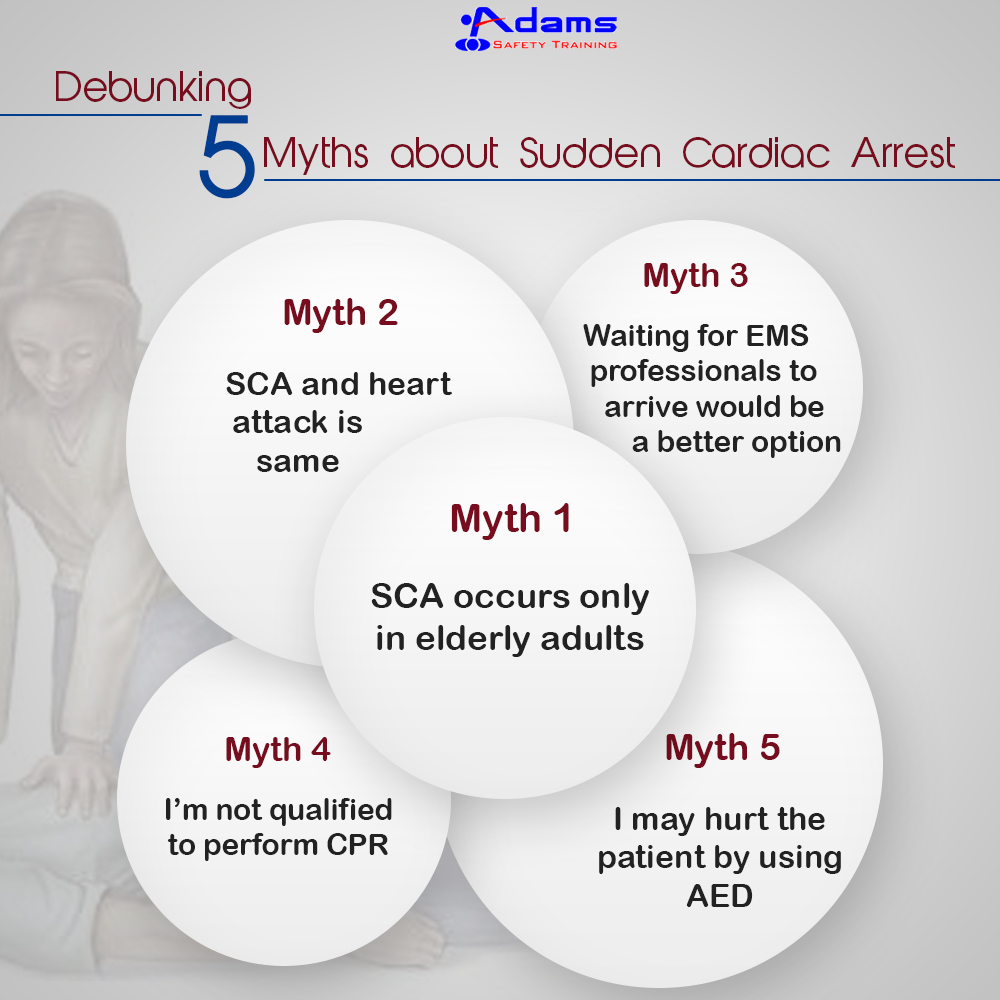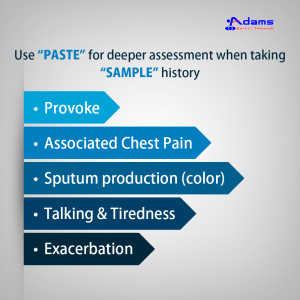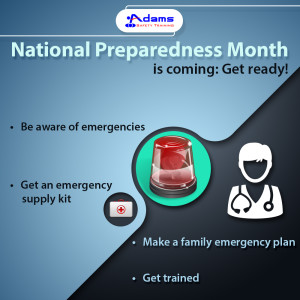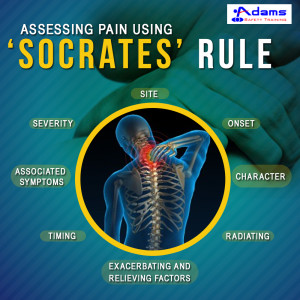You search on the Internet for ‘online CPR/safety training’, and you will find a number of organizations offering instant CPR courses at half the cost of traditional CPR classes. Busy professionals who are required to hold certain safety certifications often opt for online-only courses. However, the fact is that online-only CPR/first aid certification is not accepted by any government or regulatory agency in the United States.
Recently, Occupational Safety and Health Administration (OSHA) has issued a statement to its compliance officers (inspectors) stating that online training alone does not meet OSHA first aid and CPR training requirements. Only computer-based training in CPR and first aid techniques is NOT SUFFICIENT and would result in a Serious Violation of the OSHA regulations. OSHA believes that safety training programs need to be comprehensible and should include traditional classroom-based training, audiovisuals, classroom interaction, and interactive video. Only workplace training in subjects that are not related to safety (or when employee safety is not at risk) may be acceptable via computer-based technologies.
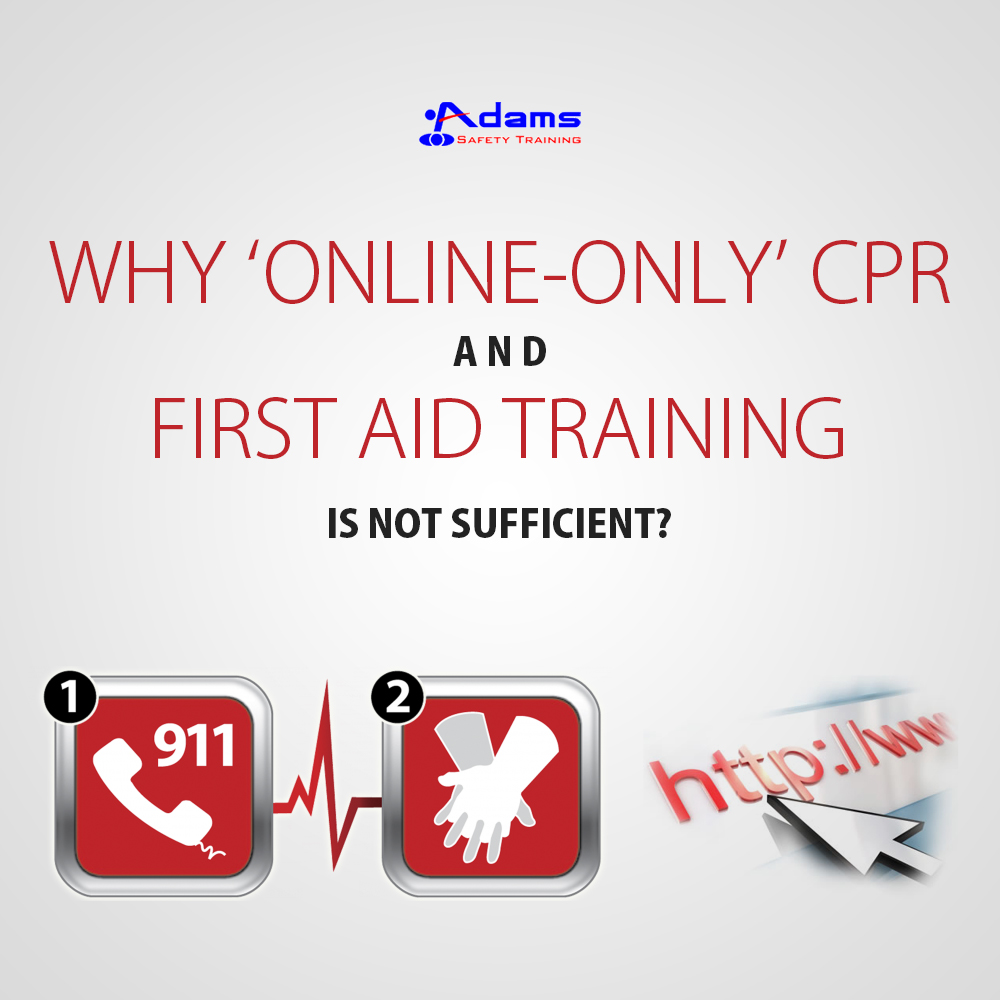
No major nationally recognized training program or reputed training providers in the U.S. endorse online-only certifications without evaluating hands-on skills of participated candidates. So online safety certifications are not legitimate and one should attend traditional classroom training classes in order to get certified in CPR and first aid.
Skills learned in a first aid training class may need to be used on a friend or family member during an emergency situation. In-person instruction and hands-on evaluation are necessary to perform CPR correctly on a victim when required.

